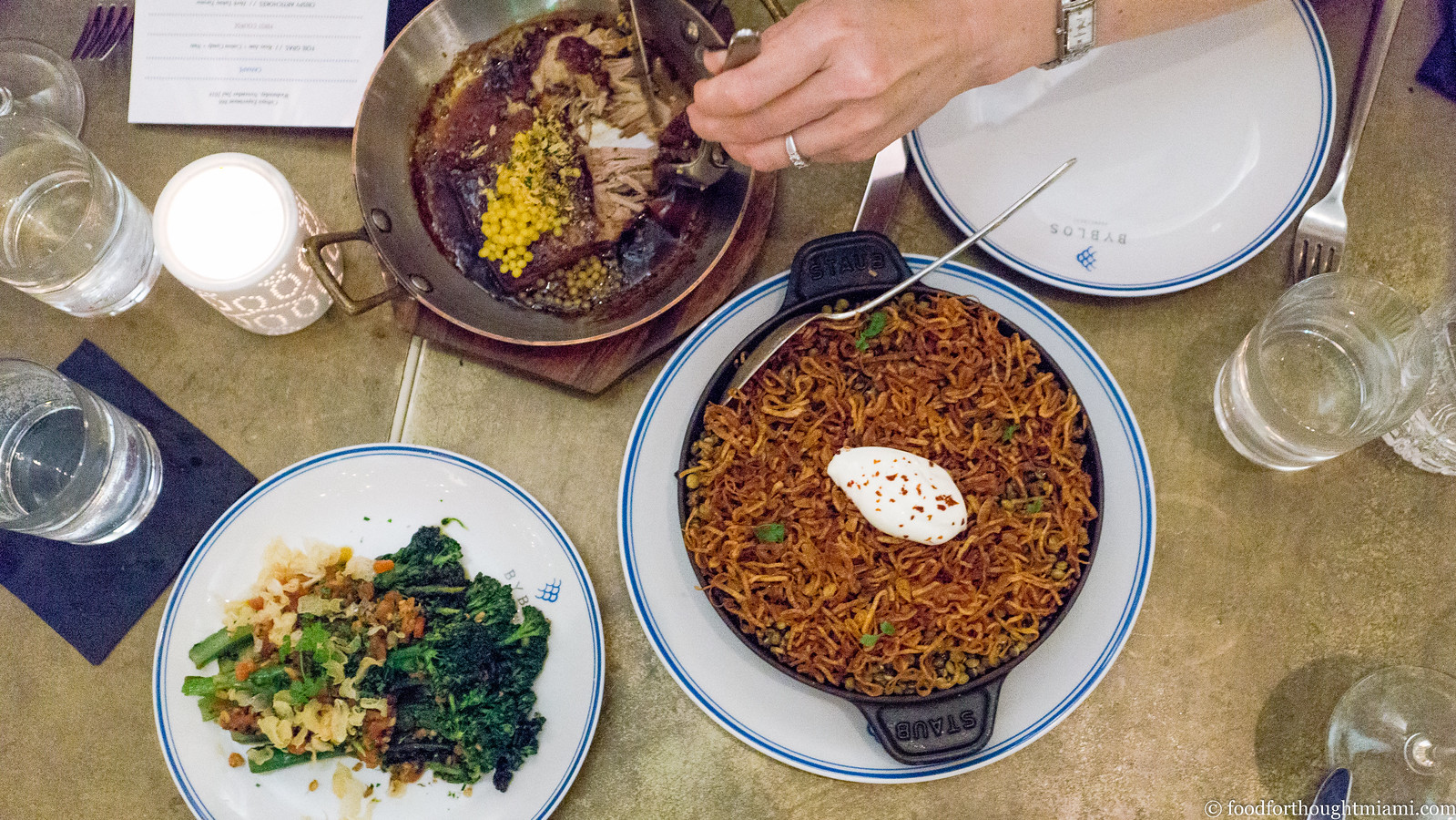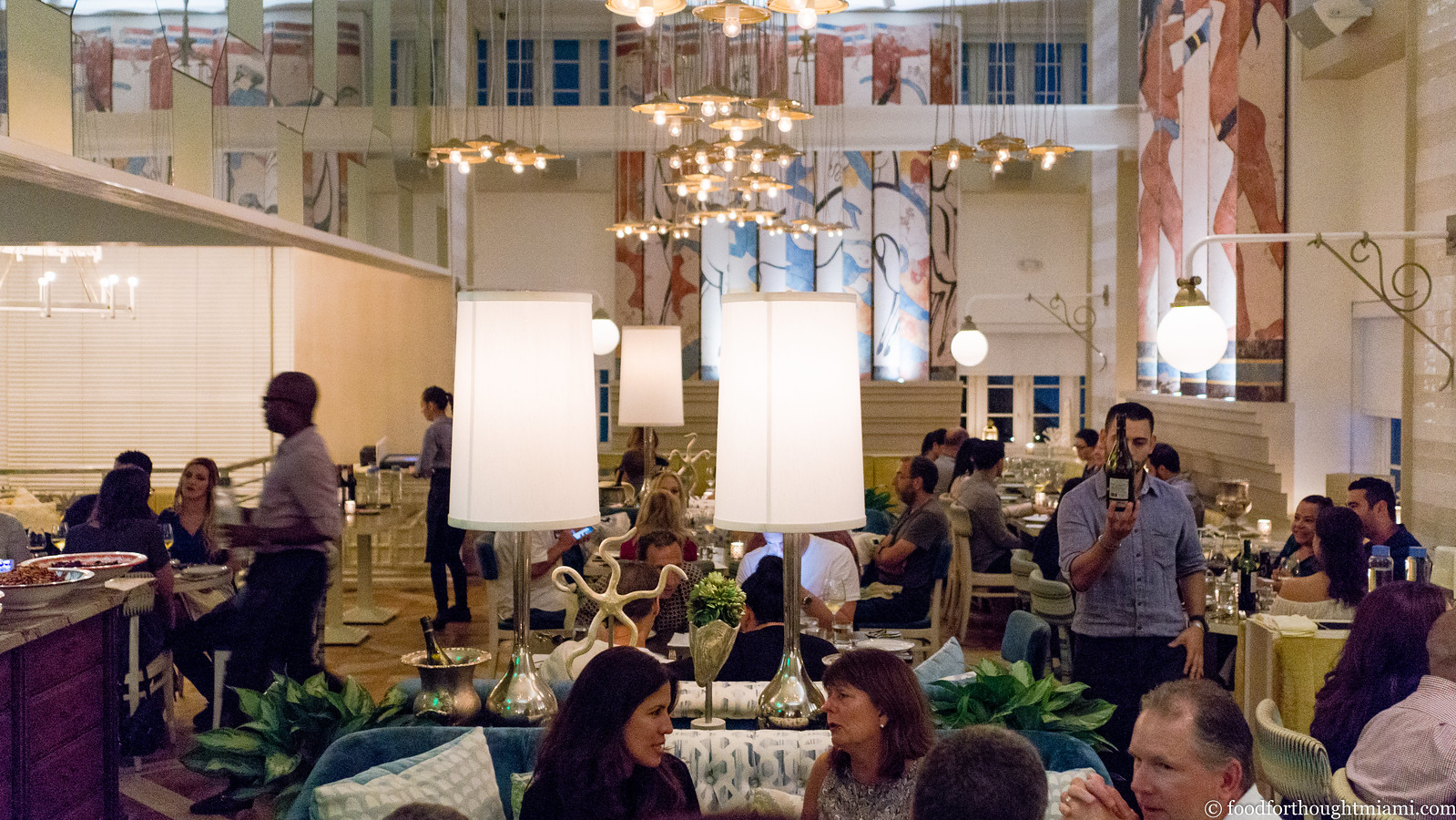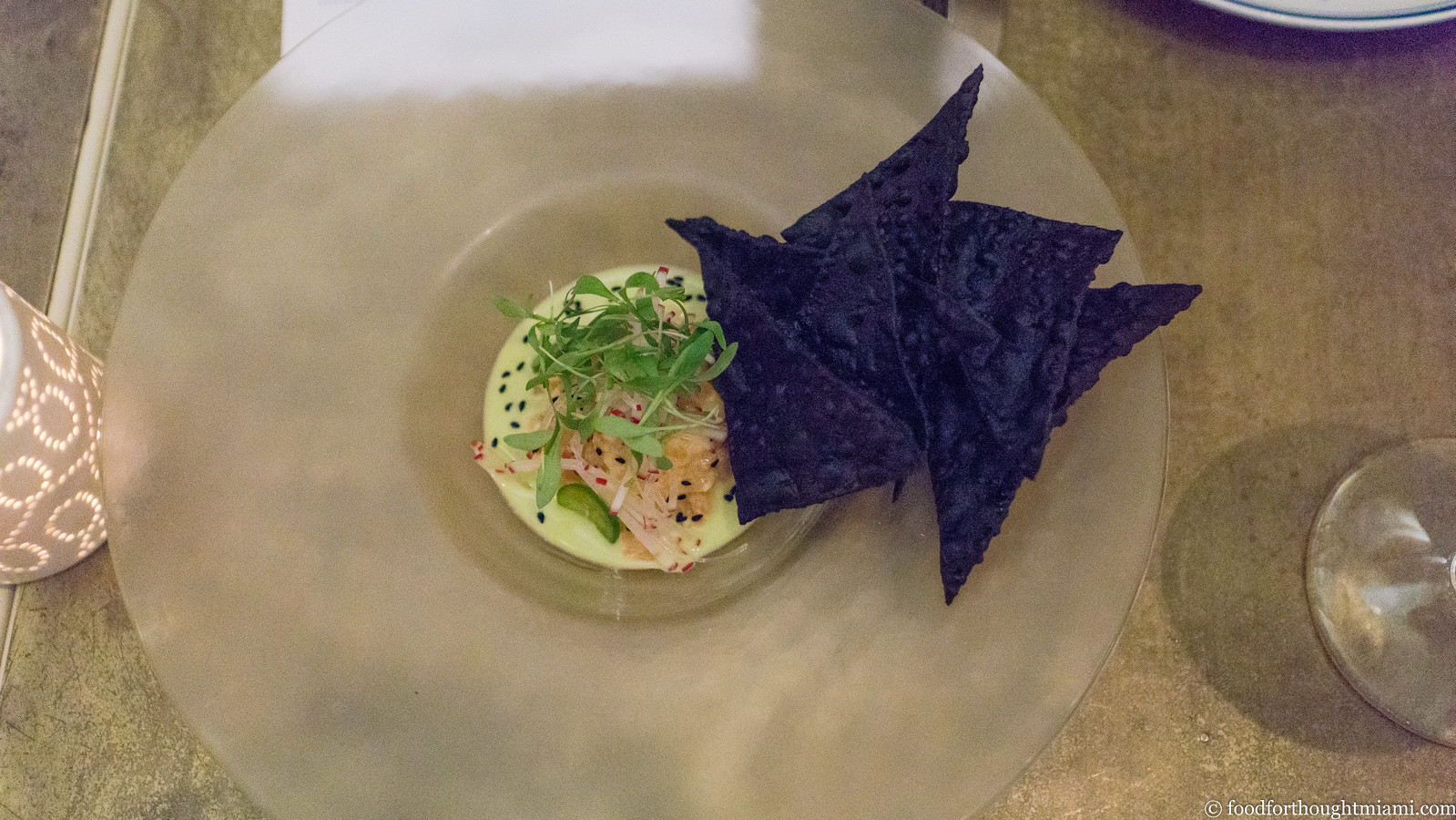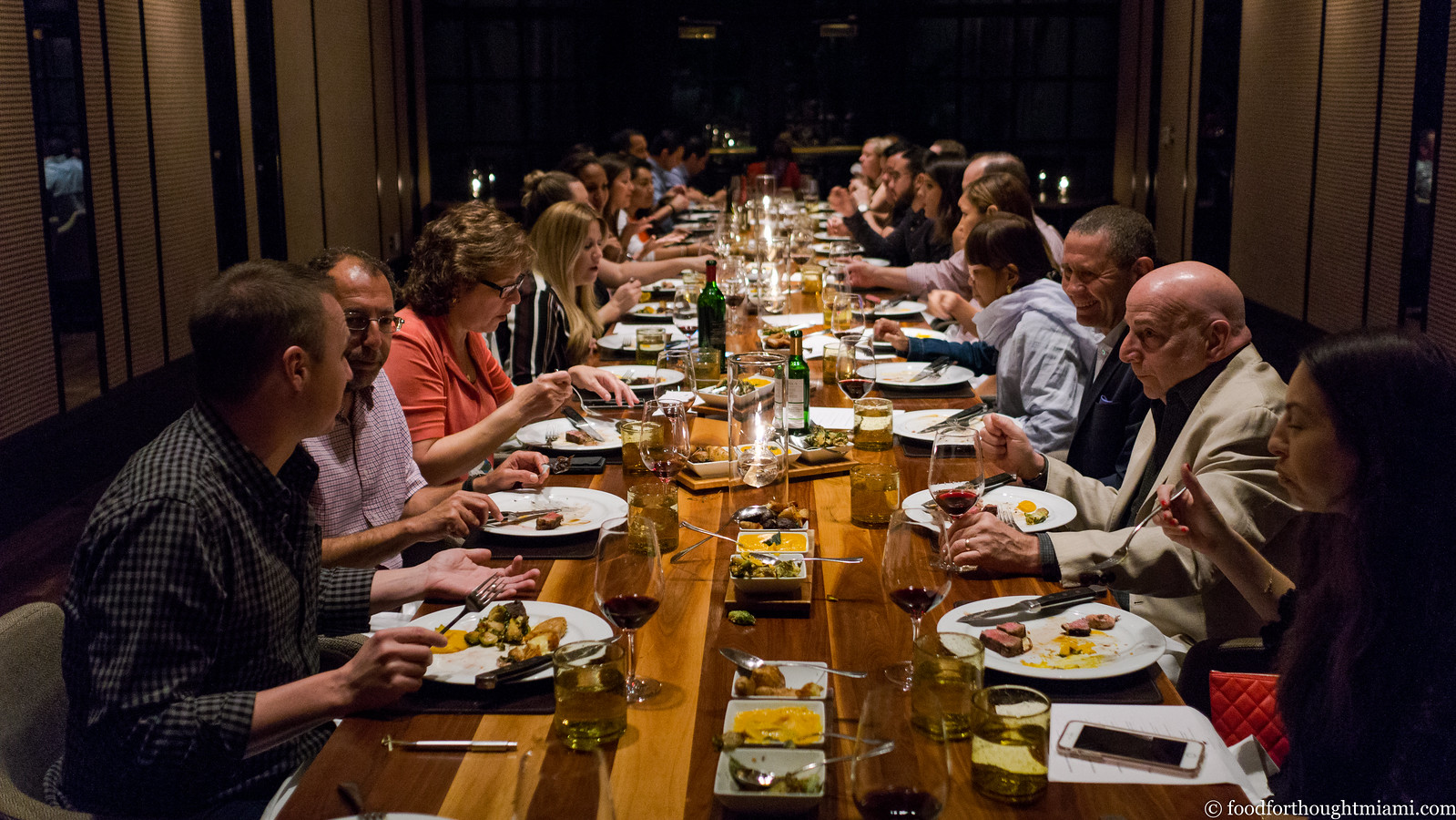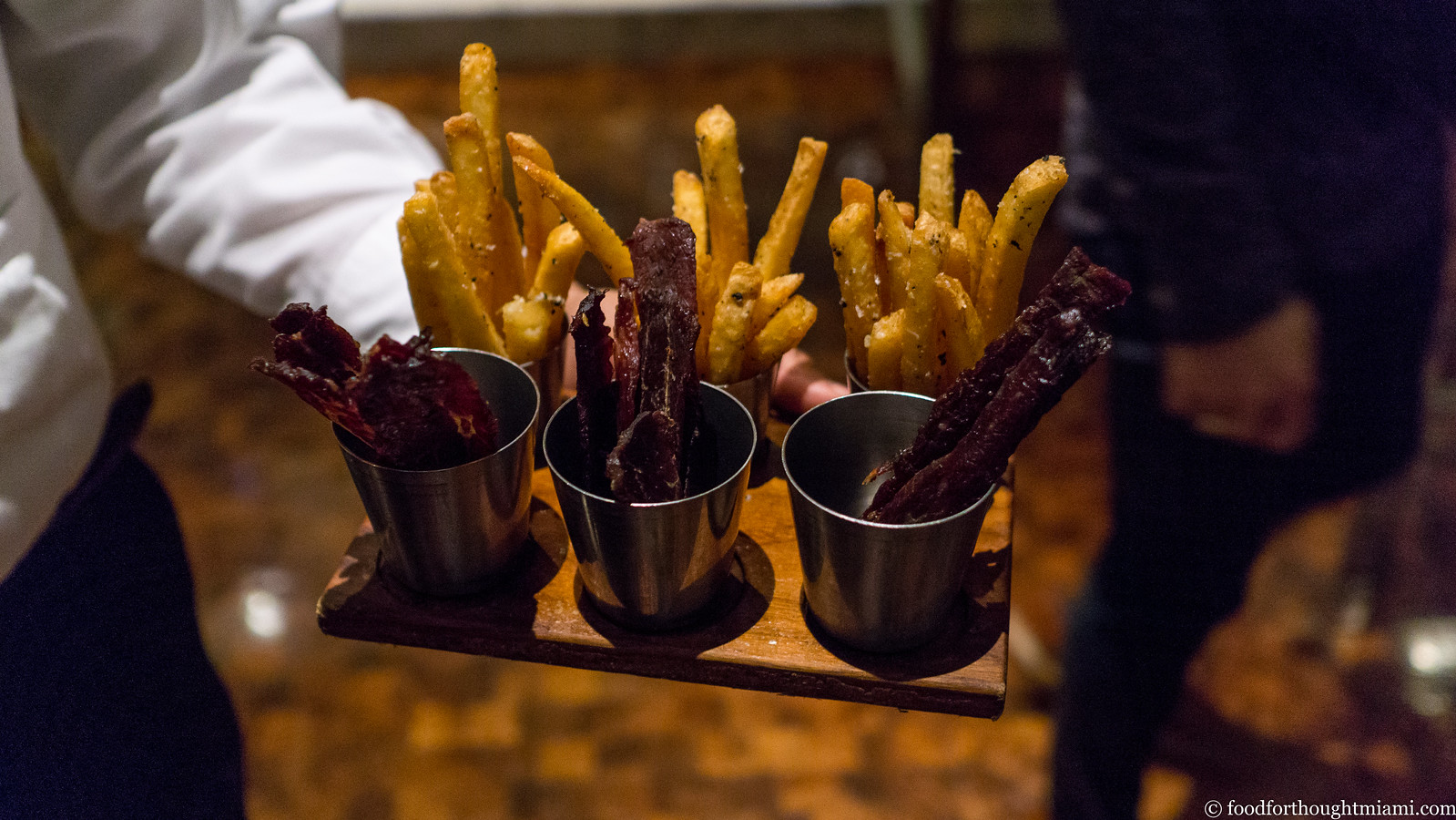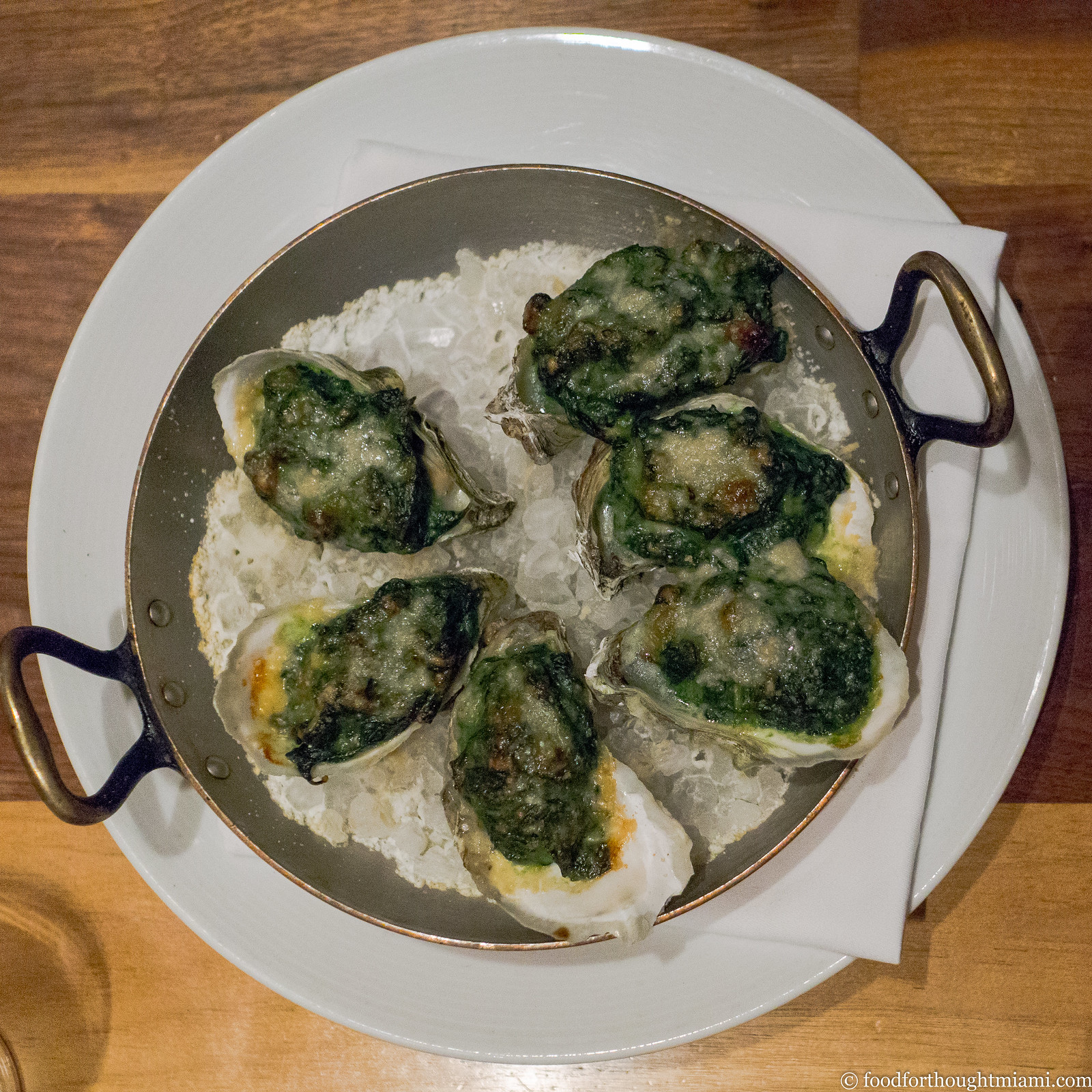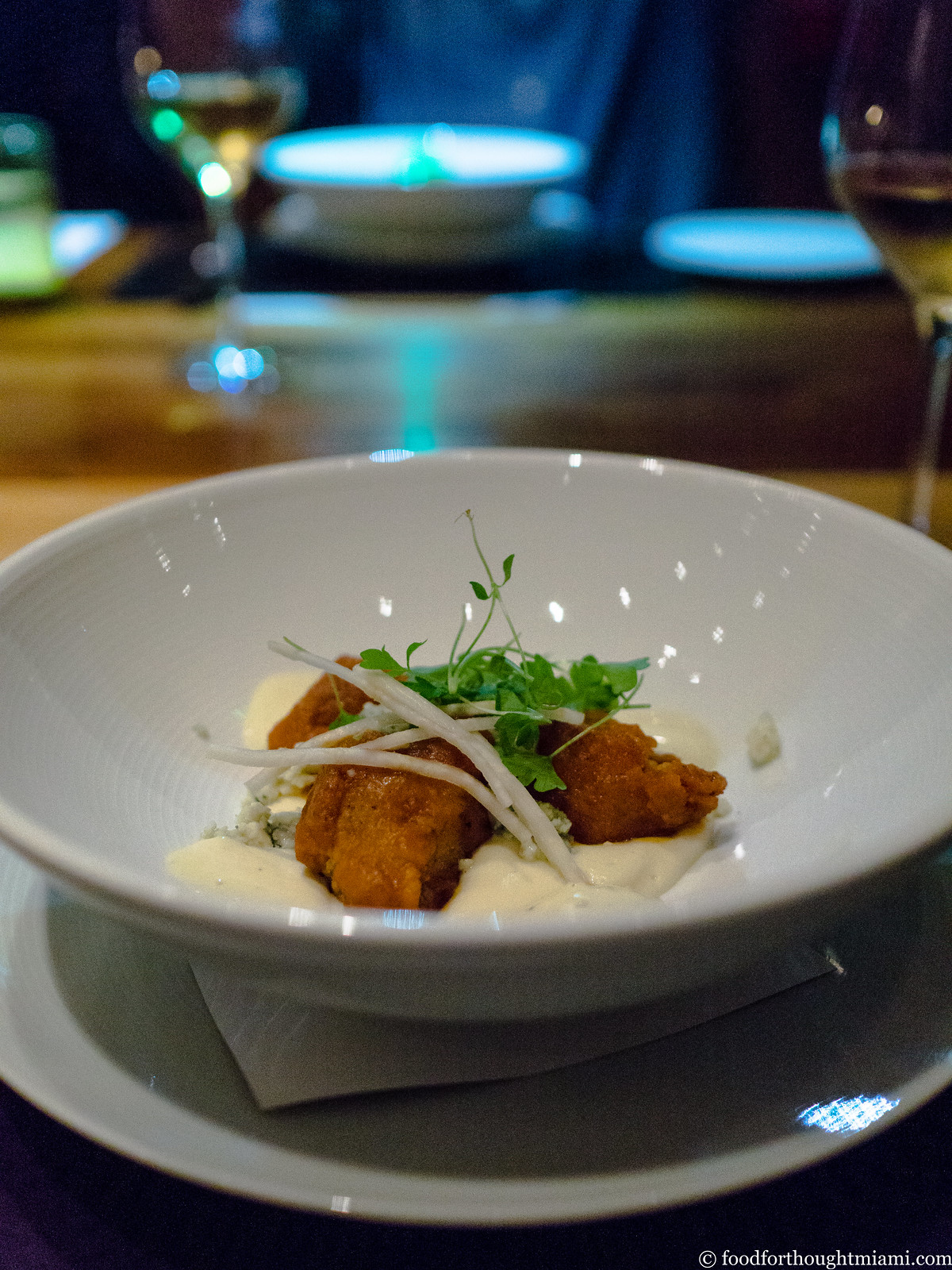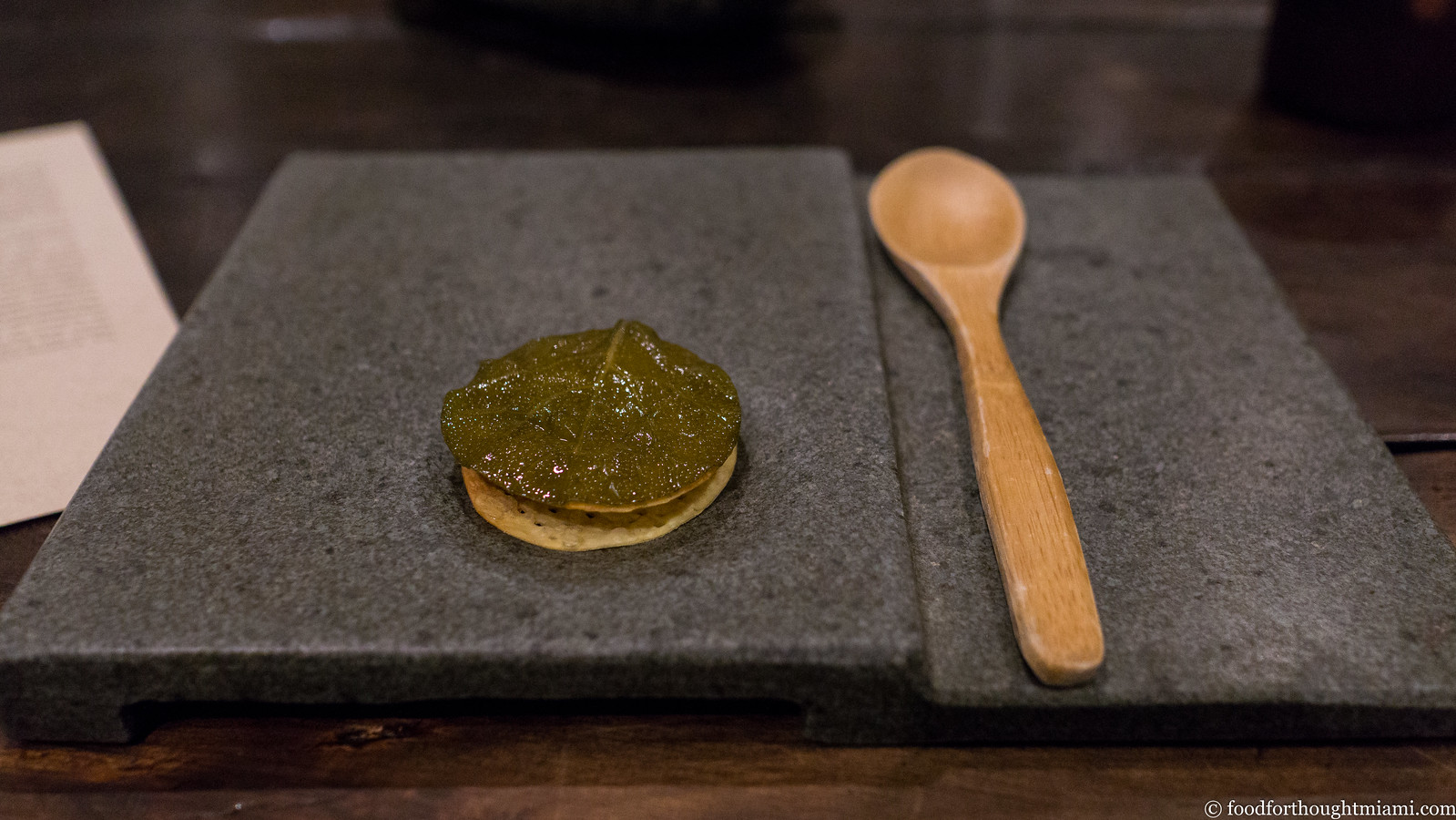Even worse: it's going to be a political one.
And just to make it really atrocious: it's going to have a food-related tie-in at the end.
Sorry. But you've been warned.
I know there's nothing unique about my grief, but sometimes it feels a bit better to share it, so here goes.
Publicly, anyway, I've generally kept my political beliefs to myself. If someone wants to talk politics I'm glad to do so, but I've never been one to put bumper stickers on my car or signs in my lawn or spend my spare time telling other people how they ought to vote. And I've treated my online presence the same way. That's not because I'm one of those "stay in your lane" types who thinks that if you're generally known for something else (i.e., food), you're somehow obligated to shut up about politics. To the contrary, I have nothing but admiration for very prominent people with business interests potentially at stake – folks like Tom Colicchio and José Andrés and many others – who risk alienating a substantial portion of the population by speaking and acting on their beliefs. Just not my style.
Perhaps I've missed an opportunity to share my own political beliefs with the phalanxes of porn-bots and twitter eggs among my followers, but curiously, based on my twitter feed, it would largely seen like preaching to the choir, anyway. There's been lots of talk after this election of how we all live in "bubbles" that insulate us from contrary opinions, and I see what that means. Of the 624 people I follow on twitter, there are only a handful who I've chosen to follow for their political commentary; I'm here for the food (and the laughs, and the snarky comments). And yet, for this entire election cycle, my feed has read mostly like a political echo chamber, at least until the past couple days, when everyone seems to have a different opinion as to what went wrong and who's to blame.
But privately I've been worried about this election for months, and now I'm in mourning. That's an awfully strong word, but that's what it feels like right now. I think of a daughter who has to grow up in a country where misogyny and sexual assault are not only trivialized but effectively endorsed. I think of a son of draftable age with a hot-headed megalomaniac responsible for our foreign policy. I think of friends and loved ones who already feel in danger just because of how they look, or where they come from, or what they believe, or who they love, and who have seen the hate directed towards them normalized and ratified. I think of struggling working class voters who have been conned by a snake-oil salesman into thinking that he cares about fixing their problems, much less is capable of doing it. I think of the next four years, and I mourn.
But when my people mourn, what do we do? We sit shiva: we gather with family and friends, and of course, we eat. And that's what I intend to do this weekend. I'll be doing so Saturday afternoon at P.I.G. – my favorite local food event of the year, with some of my favorite people.
This year's celebration of porcinity organized by Chef Jeremiah Bullfrog includes locals Gabriel Ask (Faena), Aaron Brooks (Edge), Will Crandall (Izzy's), Babe Froman (Babe Froman Fine Sausages), Jimmy Lebron (27 Restaurant), Brian Mullins (Ms. Cheezious), Niven Patel (Ghee), Michael Pirolo (Macchialina), Patrick Rebholz (50 Eggs), Steve Santana (Taquiza), Dale Talde (Talde), Phuket "Cake" Thongsodchaveondee (Cake Thai Kitchen), Nicole Voltano (Dirt); visiting dignitaries Craig Deihl (Cypress in Charleston), Kyle Foster (Julep in Denver), Joe Sparatta and Lee Gregory (Southbound in Richmond, VA), plus sweets by Josh Gripper (The Dutch), Giselle Pinto (Sugar Yummy Mama), and Malcolm Prude (Proof); and libations orchestrated by Jenn Massolo of The Liquid Projects including cocktails from The Anderson, a gin bar from Rutte Distillery, and more.
I know that this seems like either a ridiculous way to make a political rant somehow food-related, or maybe conversely just a cynical way to make a food post topical, but seriously: this is how I'm trying to feel better. I just want to stuff my face and spend time with people I care about.
If you want to join in, there are still tickets left: get some at PIG Pork Is Good. $50 to eat and drink, and maybe feed your grief. Eating pork is not usually part of the shiva ritual, but we each observe in our own way.
Here are pictures from last year's event:

